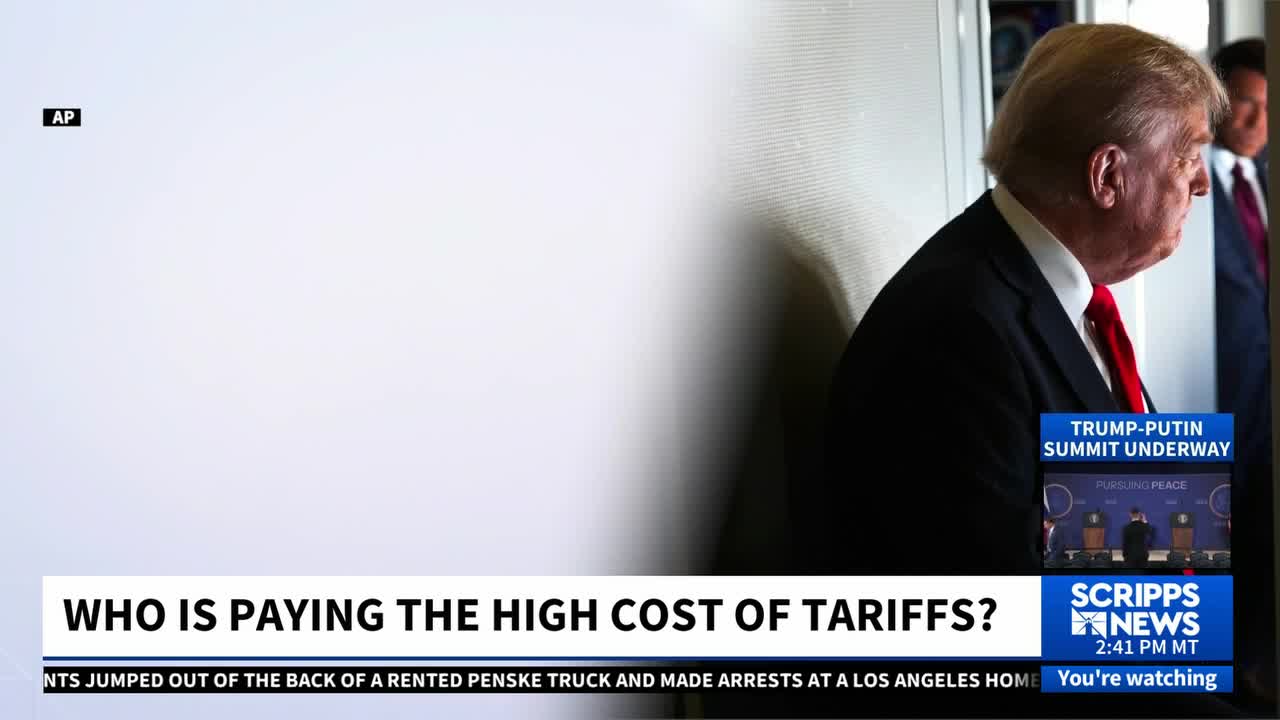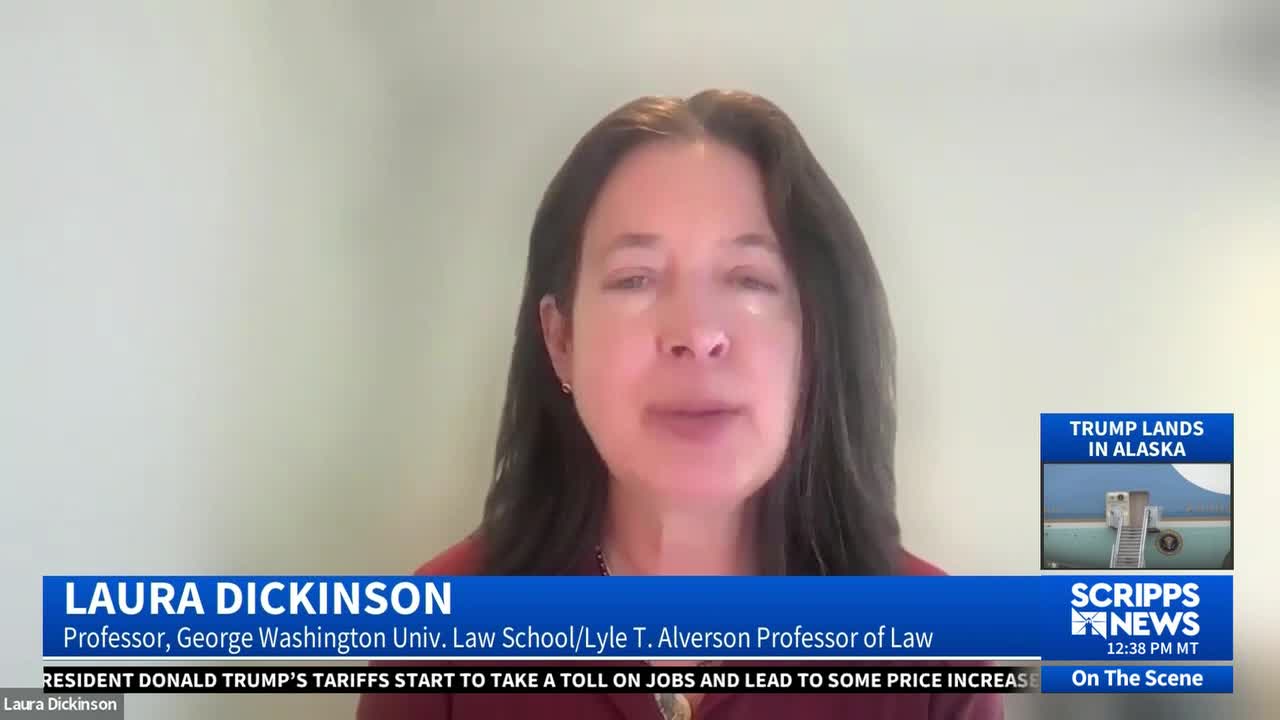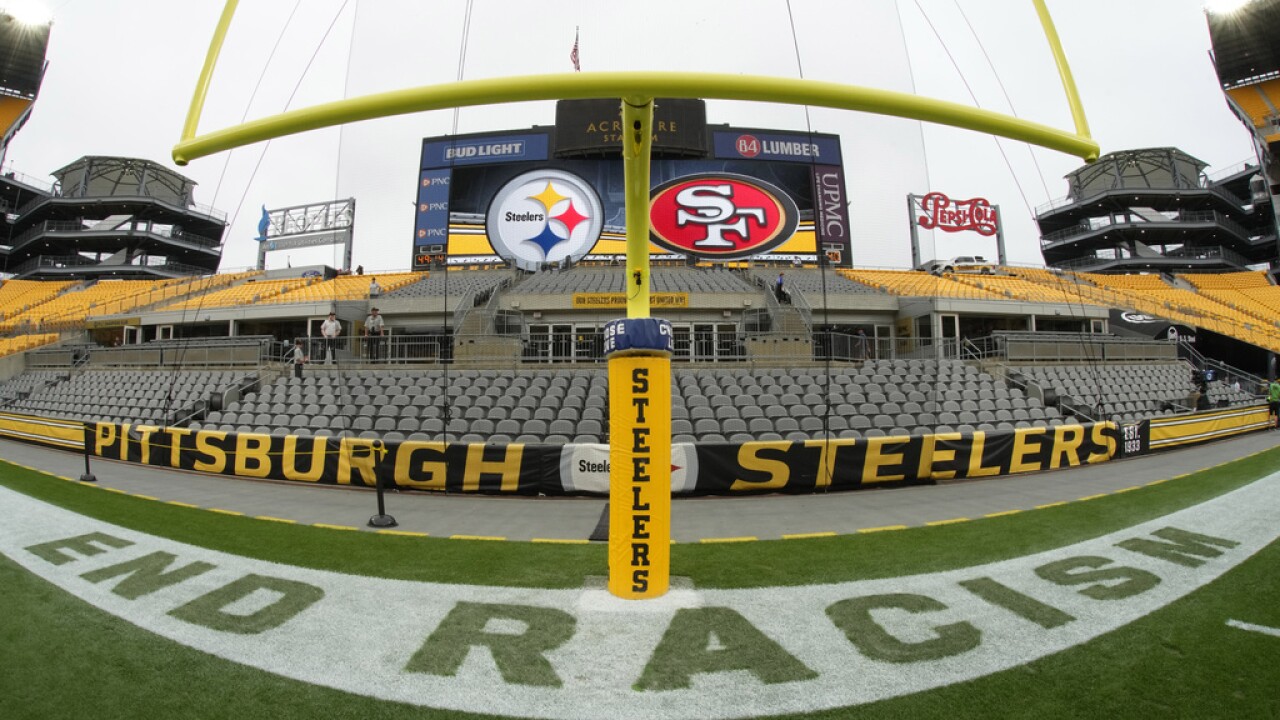New economic indicators show the costs of Trump’s tariffs are creeping into Americans’ budgets

This week’s economic data revealed more consequences of President Donald Trump’s tariffs.
The Producer Price Index, which monitors shifts in sellers’ price points, saw an unanticipated spike this week.
The PPI is one of several indicators that demonstrate how price rises are closely linked to the costs of higher tariffs, even though it does not specifically include tariffs.
This may indicate that future price increases for everything from food to apparel to cars are still in the cards for American consumers.
“I think the evidence is pretty much clearly showing that it is the importer that is bearing the cost of the tariffs.” The Tax Foundation’s senior economist, Alex Durante, said. “And right now that is largely U.S. businesses.”
President Trump has stated that he wants large corporations to bear the burden of tariffs. On social media, he has stepped up his claims that tariffs haven’t hurt America.
However, according to recent Goldman Sachs study, companies will raise prices in the fall.
“If you examine the import prices before the tariff, you will see that they have somewhat increased. “Those prices would decrease if a foreign exporter was bearing the tariff,” Durante stated.
Some American entrepreneurs, such as Stew Leonard, the owner of a chain of grocery stores, have become inventive and are currently sharing costs with producers.
Leonard stated, “The cost has gone up for both of us,” “Everyone is griping about the costs at the grocery shop. Price increases are not what we desire. We have no intention of doing so.
Consumer sentiment fell 5% in August, the first decrease in four months, according to new statistics released Friday by the University of Michigan.
However, a Bank of America research shows that credit card spending is at its highest level since January. For lower-income households, that indicator also demonstrates a growing disparity between income and spending.





